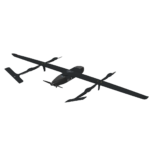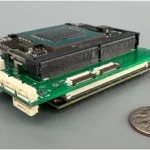
The Defense Advanced Research Projects Agency (DARPA) is soliciting ideas from industry, universities and others on how to protect land and sea forces against the increasing number of potentially hostile small unmanned aircraft systems (UAS).DARPA said Aug. 11 that the proliferation of compact, low-cost drones sold commercially has created new threats to warfighters. It issued a request for information (RFI) on technologies that could be fielded in three to four years to detect, identify, track and neutralize small UAS.The suggested…

 By
By 











